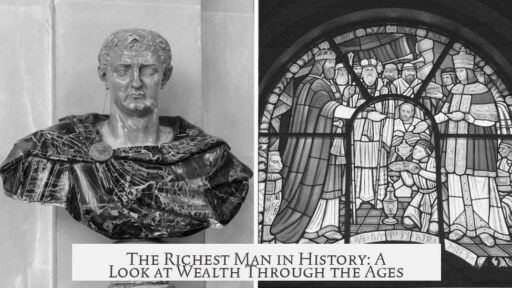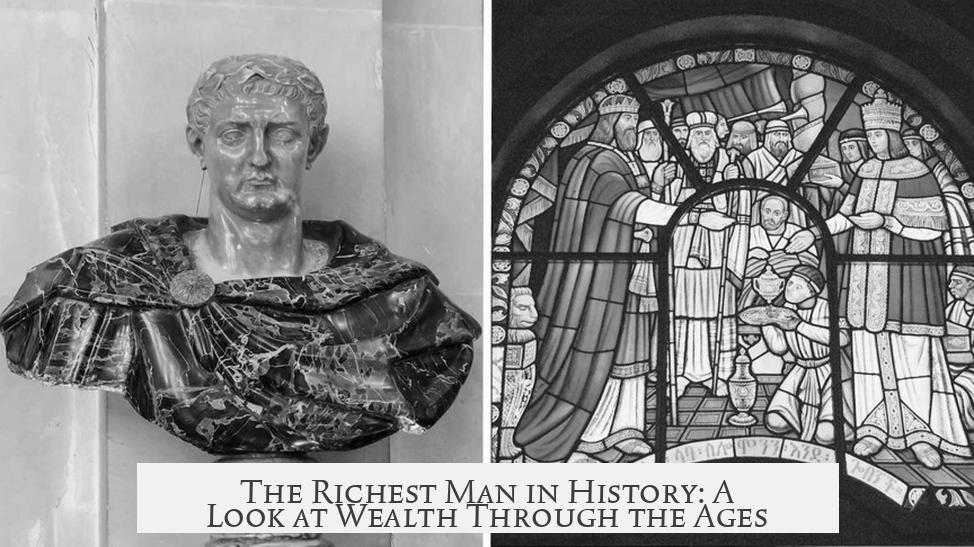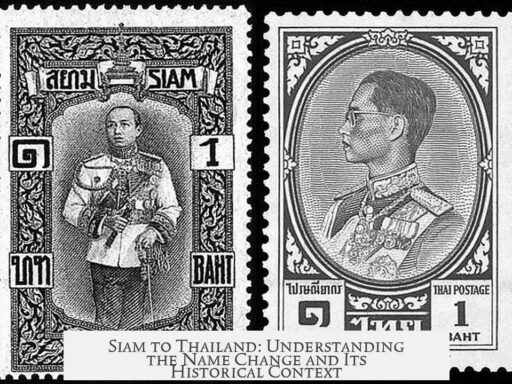The richest man in history is widely considered to be Mansa Musa, the 14th-century Emperor of Mali, whose wealth far surpassed that of modern billionaires when adjusted for inflation and historical context. His vast fortune, derived from control over significant gold and salt reserves, influenced economies across continents, highlighting the challenge of comparing wealth across eras.
Determining the richest man in history involves multiple complexities. Wealth in ancient and pre-industrial societies was often tied to power and control of resources rather than liquid assets. Unlike today, wealth measurement wasn’t standardized, adding difficulty to direct comparisons.
For many early rulers and emperors, their riches were inseparable from their positions. Augustus Caesar, for example, controlled vast wealth through his unique role in the Roman Empire. Though he maintained a distinction between personal and state wealth, his absolute authority allowed him to influence economic outcomes profoundly. Eastern emperors enjoyed a semi-divine status, enhancing their capacity to amass resources.
Modern estimates for Augustus’s wealth sometimes suggest enormous sums — even $4.6 trillion — but these figures often contradict the empire’s entire GDP, estimated between $25 and $50 billion. Such discrepancies demonstrate the difficulty of adapting ancient wealth concepts to modern economic frameworks.
Mansa Musa stands out for his legendary pilgrimage to Mecca, during which he distributed so much gold in Egypt that local economies suffered inflation for years. This event illustrates his extraordinary wealth, fueled by Mali’s gold mines, which dominated global gold markets in the 14th century. His net worth, though not precisely quantified, remains a benchmark for wealth magnitudes in history.
Other historical figures often mentioned include Crassus, a wealthy Roman known for his silver mines and real estate investments, and King Solomon, a biblical figure reputed for vast wealth and influence. While their riches were significant, precise evaluation is challenging due to lack of concrete historical data.
John D. Rockefeller and Andrew Carnegie appear frequently in discussions of historical wealth, mainly because of their known fortunes during industrialization. Adjusted for inflation, Rockefeller’s estimated net worth reached around $400 billion, making him the richest person of the modern industrial age. Both men transformed industries and amassed wealth through entrepreneurship and innovation.
Modern contemporaries such as Vladimir Putin have been speculated to hold immense wealth, estimated by some sources at over $200 billion. However, such claims often lack verification and transparency, especially when power and wealth intertwine in opaque political contexts.
| Candidate | Estimated Peak Net Worth (Adjusted) | Era | Source of Wealth |
|---|---|---|---|
| Mansa Musa | Over $400 billion (speculative) | 14th century | Gold and Salt Mines |
| Augustus Caesar | Disputed, possibly $100-$500 billion | 1st century BCE | Empire Control |
| John D. Rockefeller | ~$400 billion | 19th-20th century | Oil Industry |
| Vladimir Putin | ~$200 billion (speculative) | Contemporary | Political Power, Untapped Assets |
| Andrew Carnegie | ~$310 billion | 19th-20th century | Steel Industry |
Comparing wealth across time is also complicated by economic structures. Ancient and medieval economies were often non-monetized and centered on land ownership or control of labor. Legal property rights differed substantially, and many transactions involved barter or tribute rather than market sales.
Modern wealth reflects liquid assets, stock ownership, and global markets. Much of today’s billionaires’ wealth exists on paper and fluctuates with market forces, contrasting with the tangible resources of historical figures.
Scholars caution against simplistic rankings. Some wealth estimates are inflated by myths or modern reinterpretations of historical records. Others face challenges due to lack of reliable data and the transformation of economic systems over time.
In monarchies and empires, identifying a single richest individual is complex. Empires spanned centuries, and wealth shifted among rulers. Many monarchs, such as the Mughal emperors or the Nizam of Hyderabad, controlled massive resources, but determining who held the peak wealth depends on various estimations and available records.
Finally, attempts to list the richest people ever have led to varied results. Lists produced by popular media often borrow heavily from celebrity net worth estimates or sensational claims rather than rigorous academic study. Authenticated historical estimates rely on economic historians who incorporate inflation adjustments, commodity values, and contemporary economic size.
- Mansa Musa is the leading candidate due to his immense control over gold and economic impact in the 14th century.
- Augustus Caesar’s wealth was vast but difficult to quantify precisely because of the historical context.
- Industrial-age magnates like Rockefeller and Carnegie represent the richest modern-type fortunes.
- Comparisons are inherently flawed due to differences in economy, property rights, and wealth definition over time.
- Lists of richest individuals should be approached critically, considering historical and economic complexities.
Who is often considered the richest man in history?
Mansa Musa is frequently named the richest man. His wealth was vast, impacting economies when he traveled. However, others like Augustus Caesar and John D. Rockefeller are also strong contenders.
Why is it difficult to determine the richest man in history?
Wealth was tied to power and status in many eras, not just money. Economies were not always monetized. Comparing wealth across centuries is complex due to these differences.
Was Augustus Caesar truly the richest man with trillions in wealth?
No. Claims about Augustus having trillions are exaggerated. The Roman Empire’s GDP was much smaller, so these figures don’t accurately reflect his actual wealth.
How does modern wealth compare to historical figures’ wealth?
Modern billionaires like Rockefeller had wealth measured in monetary terms. Pre-industrial wealth often included land and goods, making direct comparisons misleading.
Could Vladimir Putin be the richest man in history?
Some estimates suggest Putin may have over $200 billion. However, precise figures are unclear due to opaque financial data and wealth linked to political power.




